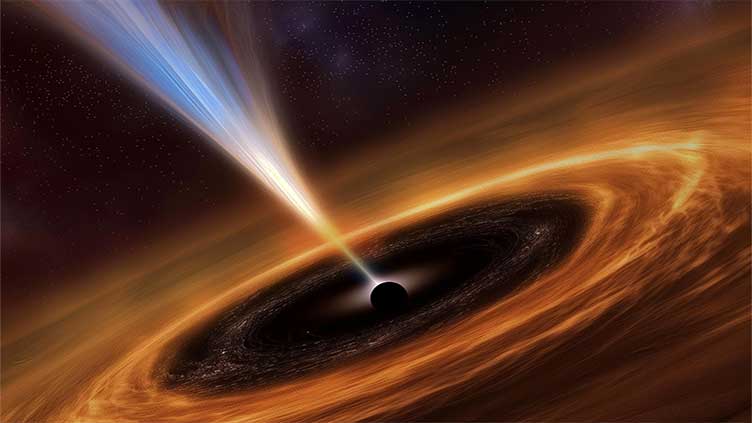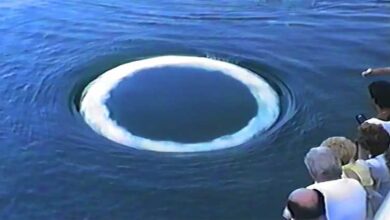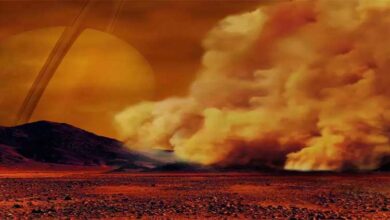Astronomers have found compelling evidence for the closest known supermassive black hole outside the Milky Way.
This enormous black hole resides in the Large Magellanic Cloud (LMC), one of our galaxy’s nearest neighbors.
The discovery was made by precisely tracking the motion of 21 stars located on the outskirts of the Milky Way. These stars are moving so rapidly that they will eventually escape the gravitational pull of the Milky Way and any nearby galaxies. Such stars are known as “hypervelocity” stars.
By analyzing their trajectories, much like forensic scientists tracing a bullet’s path, researchers were able to determine their origins. About half of the stars were found to have been ejected by the supermassive black hole at the center of the Milky Way. The rest, however, appear to have been flung out by a different source: a previously undetected supermassive black hole in the Large Magellanic Cloud.
“It is astounding to realize that we have another supermassive black hole just down the block, cosmically speaking,” said Jesse Han of the Center for Astrophysics | Harvard & Smithsonian (CfA), who led the new study. “Black holes are so stealthy that this one has been practically under our noses this whole time.”
The researchers found this secretive black hole by using data from the European Space Agency’s Gaia mission, a satellite that has tracked more than a billion stars throughout the Milky Way with unprecedented accuracy. They also used an improved understanding of the LMC’s orbit around the Milky Way recently obtained by other researchers.
“We knew that these hypervelocity stars had existed for a while, but Gaia has given us the data we need to figure out where they actually come from,” said co-author Kareem El-Badry of Caltech in Pasadena, California. “By combining these data with our new theoretical models for how these stars travel, we made this remarkable discovery.”
Hypervelocity stars are created when a double-star system ventures too close to a supermassive black hole. The intense gravitational pull from the black hole rips the two stars apart, capturing one star into a close orbit around it. Meanwhile, the other orphaned star is jettisoned away at speeds exceeding several million miles per hour — and a hypervelocity star is born.
A significant piece of the team’s research was a prediction by their theoretical model that a supermassive black hole in the LMC would create a cluster of hypervelocity stars in one corner of the Milky Way because of how the LMC moves around the Milky Way. The stars ejected along the direction of the LMC’s motion should receive an extra boost in speed. Indeed, their data revealed the existence of such a cluster.







